1. Powder Metallurgy Is a Green Manufacturing Process
About 97% of the material that enters the powder metallurgy process exits as part of the final product. Good luck finding similar net shape capabilities in any other manufacturing processes. This means very little waste and scrap. Powder metallurgy (PM) is a win-win for your wallet and the environment.
Other metal forming processes, specifically die casting, leave waste behind at multiple stages of manufacturing. Foundries are infamous for creating:
· Air pollution
· Liquid pollution
· Solid waste
2. Compaction Creates a Compact
Powder compaction is an early step in the powder metallurgy process.
It all starts with an alloy of iron powder, a related alloy, or a totally different metal powder. Intense pressure is applied to the powder so it retains the shape of its mold. The resulting component is called a compact.
Properties that influence powder metal compaction include:
· Particle size
· Shape
· Composition
· Size distribution
The type of powder and how you manufacture it also influences its behavior under pressure.
While it may look like your final product, the compact still needs to undergo sintering to fully fuse the particles together.

3. Sintering Does Not Melt the Powdered Metal
The sintering process in powder metallurgy is a form of heat treatment. A conventional sintering process heats up the material to just below its melting point. A precise sintering temperature allows the metals to keep their beneficial properties while fusing them tightly together.
Think of sintering like a glass of ice water. While the ice cubes do melt eventually, they first fuse together at each point of contact.
4. Density Matters
The denser your component, the better physical properties it has. Density is directly correlated to yield strength, tensile strength, and overall component durability. We also use porosity to indicate component density.
Final product density depends on a few factors:
· Friction between particles
· Compaction force
· Sintering setup
· Particle size
To achieve the highest performing components, powder metal manufacturers use their expertise to minimize friction between particles and optimize their sintering setup for your materials. Compaction force depends on the manufacturer’s machinery, and you can control particle size in your specifications.
5. Necking: Not as Odd as It Sounds
Necking is a type of deformation where relatively large amounts of strain localize disproportionately in a specific spot on your powder material. The resulting decrease in the local cross-sectional area becomes the “neck.”
When particles fuse like the ice in your glass, the contact points are called necks. As necking between particles grows, the space between the particles (porosity) decreases. As porosity decreases, density increases. In almost all applications, this is a good thing.
Powder metal manufacturers aim to keep the metal particles in the necking state for as long as possible to minimize porosity in the final product.
6. PM Makes a Better Magnet
One of the emerging benefits of powder metallurgy is its ability improve magnetic performance in an electric motor. But you can’t just throw any old iron powder into the powder compaction machine and expect results.
Sintered soft magnetic materials and soft magnetic composites are the way forward for rotors, stators, and many other electromagnetic components. These advanced materials offer improved magnetic efficiency vs. electrical lamination steel and other competing methods.
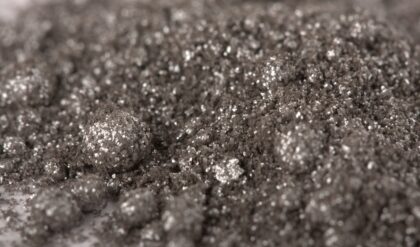
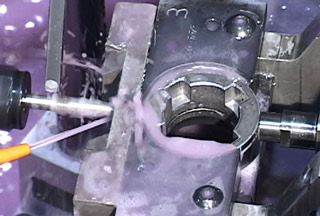
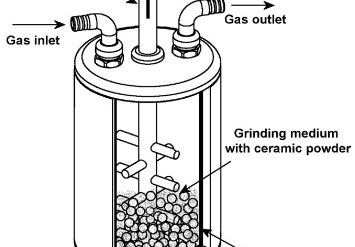
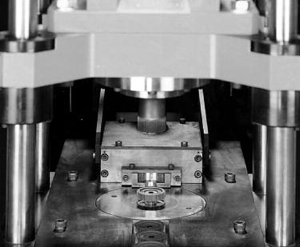
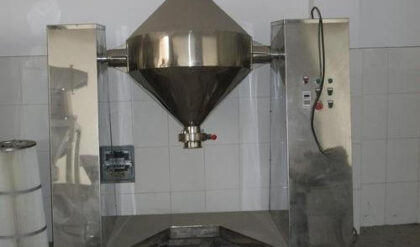
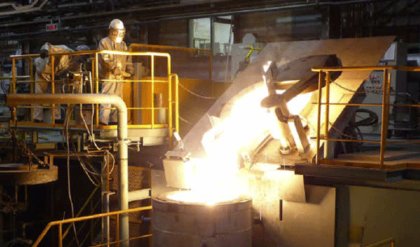
Comments are closed.